Jupiter will be at its closest point to Earth in a cycle and this is the best time to view and photograph the planet and its moons.
Jupiter is a giant planet, 318 times heavier than Earth, 2.5 times the mass of all the planets combined.
Sharing with VnExpress , Mr. Nguyen Anh Tuan, Head of the Ho Chi Minh City Amateur Astronomy Club (HAAC), said that on November 3, Jupiter is at opposition, which means it is closest to Earth in a cycle. Therefore, this is the time when Jupiter can be seen at its largest and clearest.
He added that during the opposition, Jupiter will appear on the eastern horizon when the Sun has just set and will be at its highest point around midnight. Astronomy enthusiasts will have a favorable time for observation, without having to stay up too late.
To observe Jupiter, you need a telescope. "With a small, ordinary telescope, we can see the cloud bands and large red spots on Jupiter's surface. A small pair of binoculars will help us observe Jupiter's four large moons (called Galileo's moons) discovered by astronomer Galileo," Tuan instructed.
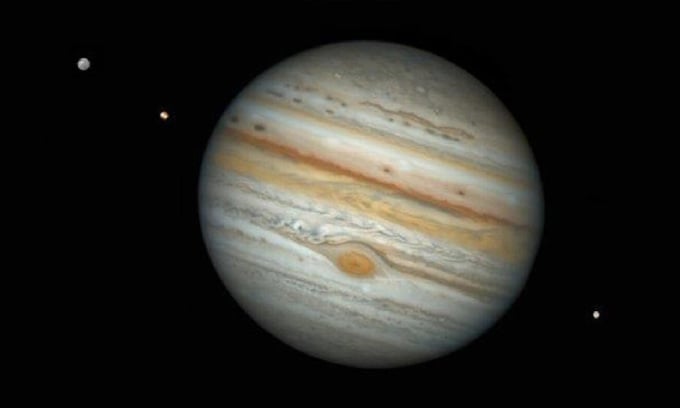
Jupiter and its three largest moons in this image taken from Chile. Photo: Damian Peach
Nguyen Van Tuan, admin of Quang Ngai Amateur Astronomy Club (QAAC), also prepared "tools" for observing and taking pictures of Jupiter. He said that Jupiter is the largest planet in the Solar System, second only to Venus in terms of brightness, and is a frequent observation object for astronomy enthusiasts. This season, Jupiter can be easily seen with the naked eye in the evening in the east. "However, to clearly observe the surface patterns as well as the characteristic large red spot of Jupiter, you need a good telescope and need to watch for the time when the Great Red Spot appears," he said.
Jupiter is the largest planet in the solar system and has 12 new moons confirmed to be orbiting it, IFL Science reported in February. With the 12 newly discovered moons, the gas giant's total number of natural satellites has increased to 92, surpassing Saturn's impressive 83.
Nhu Quynh
Source link




![[Photo] Closing of the 11th Conference of the 13th Central Committee of the Communist Party of Vietnam](https://vstatic.vietnam.vn/vietnam/resource/IMAGE/2025/4/12/114b57fe6e9b4814a5ddfacf6dfe5b7f)
![[Photo] Overcoming all difficulties, speeding up construction progress of Hoa Binh Hydropower Plant Expansion Project](https://vstatic.vietnam.vn/vietnam/resource/IMAGE/2025/4/12/bff04b551e98484c84d74c8faa3526e0)


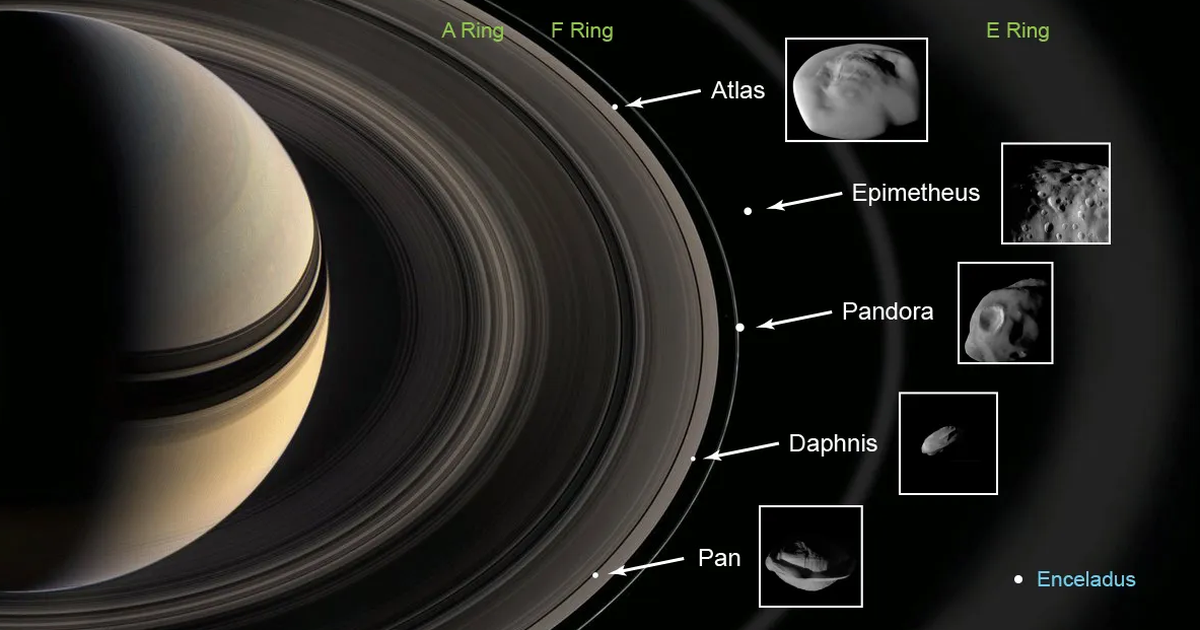

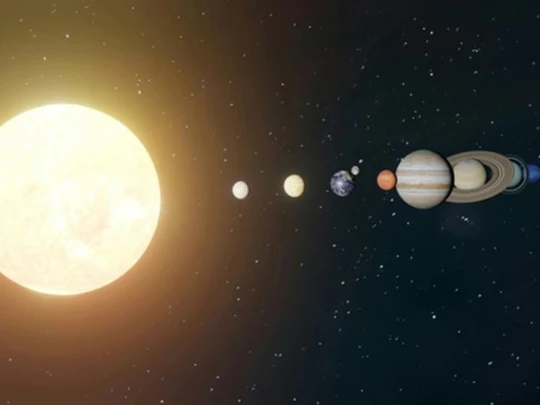

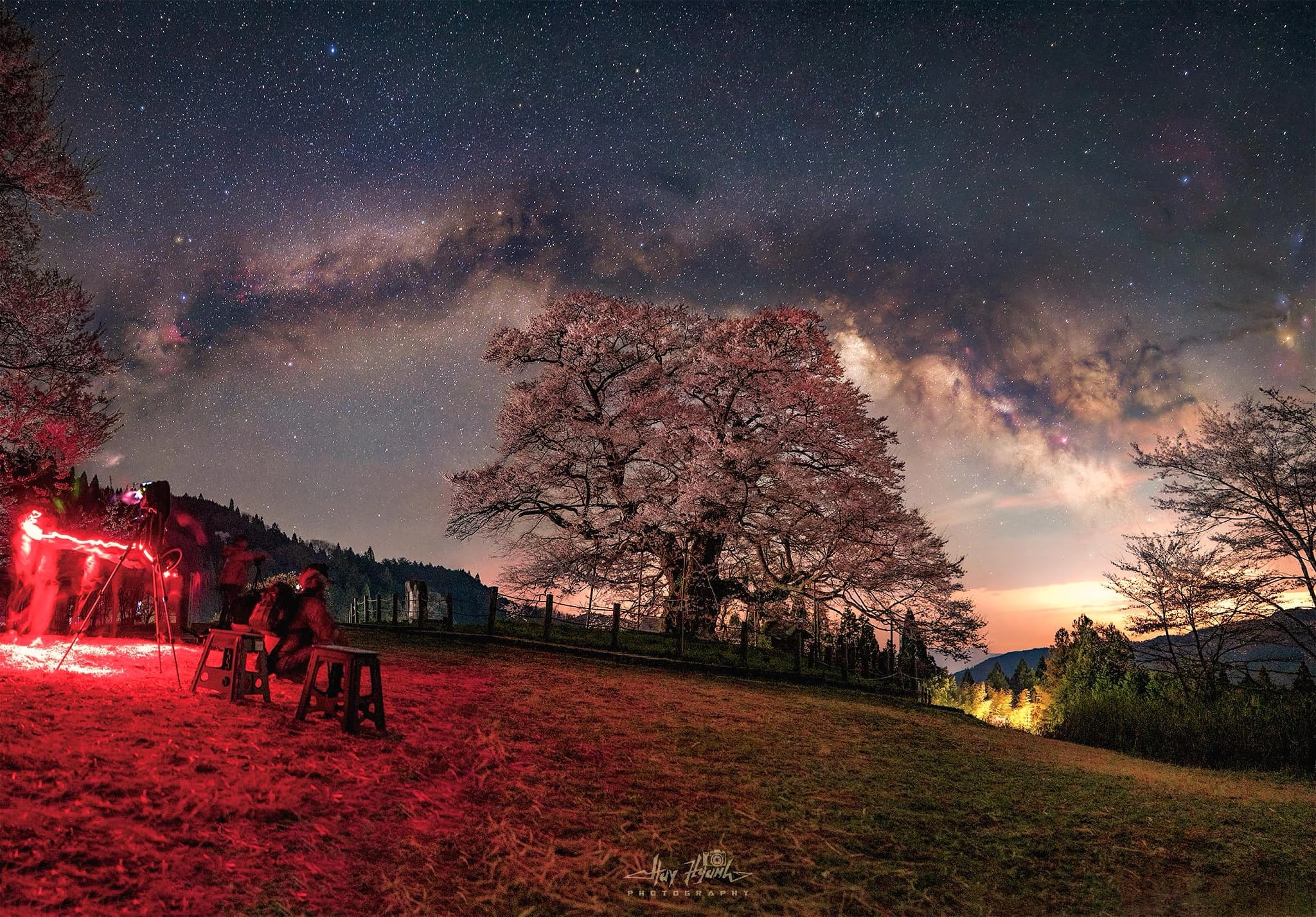
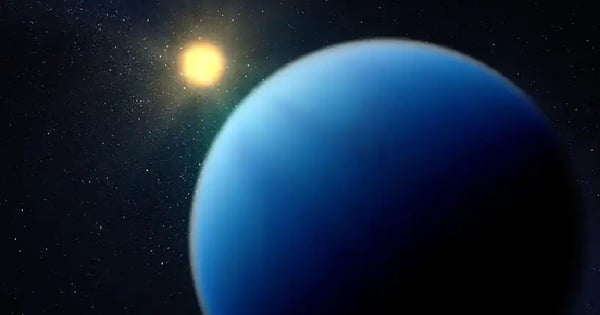



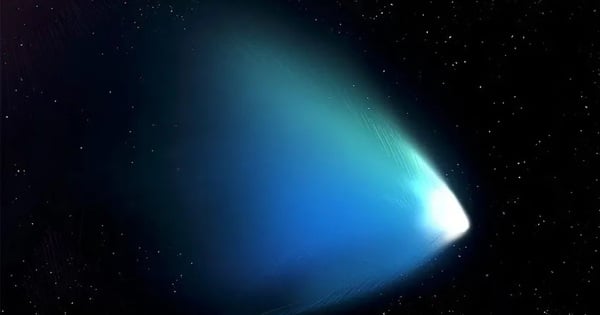
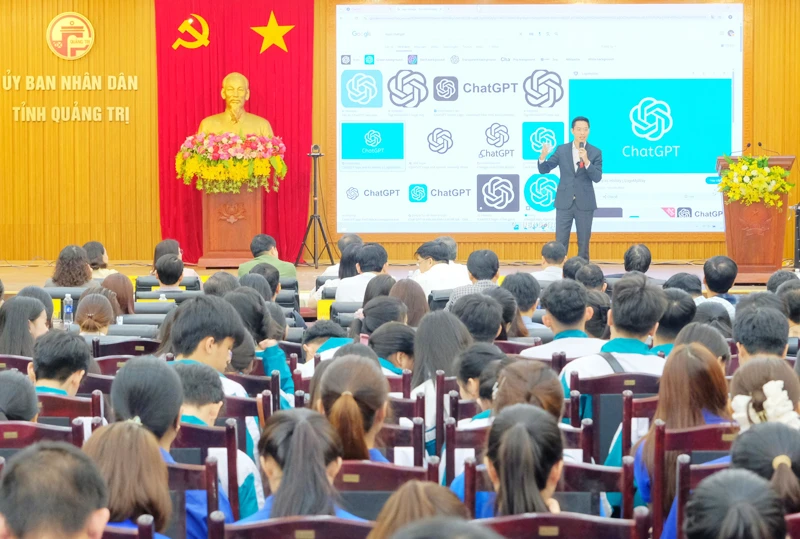



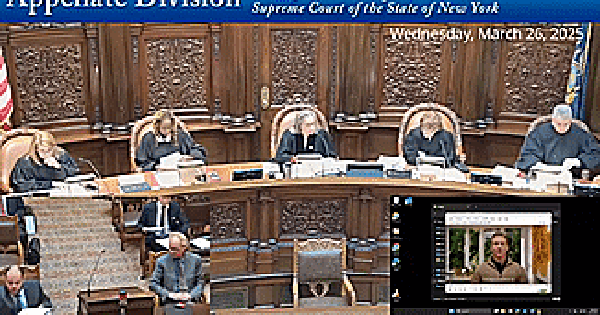












































































Comment (0)